The Shenzhou-17 spacecraft was launched from the Jiuquan Satellite Launch Center, on the edge of the Gobi Desert in northwest China, with the support of a Long March-2-F rocket, at 11:14 a.m. on October 26 (local time), according to AP. The Shenzhou-17 spacecraft is expected to connect with China's Tiangong Space Station in Earth orbit.
The average age of the three-member crew of Shenzhou-17 is 38, the youngest since the country began building the Tiangong Space Station, according to the China Manned Space Administration.
Leading the six-month mission is Tang Hongbo (48), who is part of China's second batch of astronauts and was part of the first crew sent to the Tiangong Space Station in 2021. Accompanying him are two astronauts, Tang Shengjie and Jiang Xinlin - both in their thirties, part of China's third batch of astronauts and on their first mission to Tiangong.
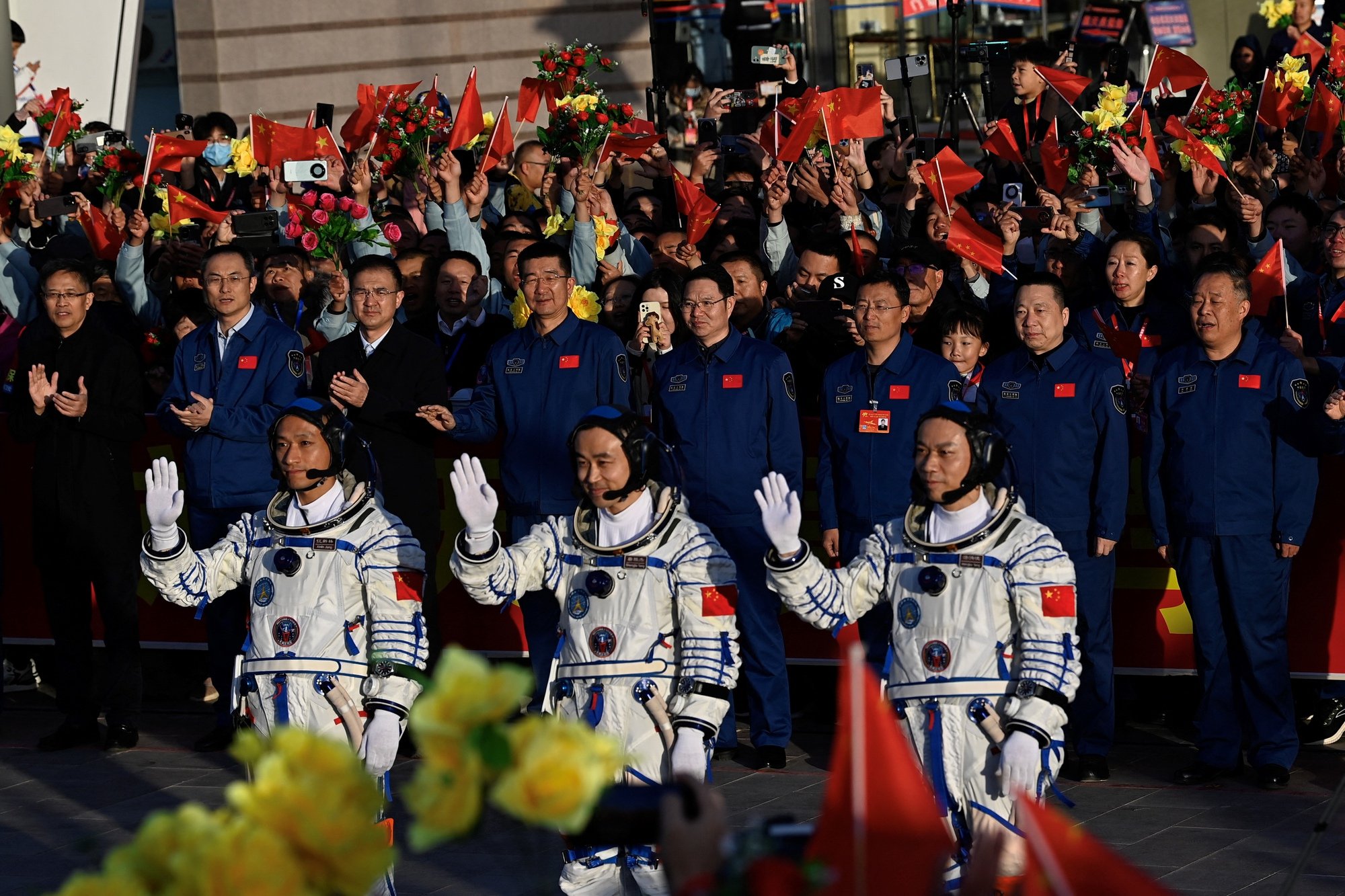
(From left to right) Astronauts Jiang Xinlin, Tang Shengjie and Tang Hongbo before the launch of Shenzhou 17 on October 26.
China has begun the selection process for its fourth batch of astronauts, seeking candidates with doctorates in fields ranging from biology, physics and chemistry to biomedical engineering and astronomy. It is also the first time it has opened recruitment to Hong Kong and Macau, two special administrative regions of China.
Beijing is pursuing plans to put astronauts on the moon this decade, amid competition with the United States and Russia for new achievements in space.
The Tiangong space station has become a symbol of China’s growing confidence in this race after being excluded from the International Space Station (ISS) for decades. US law prohibits the US National Aeronautics and Space Administration (NASA) from any direct or indirect cooperation with China.
The moon has been underestimated to be 40 million years old.
Source link





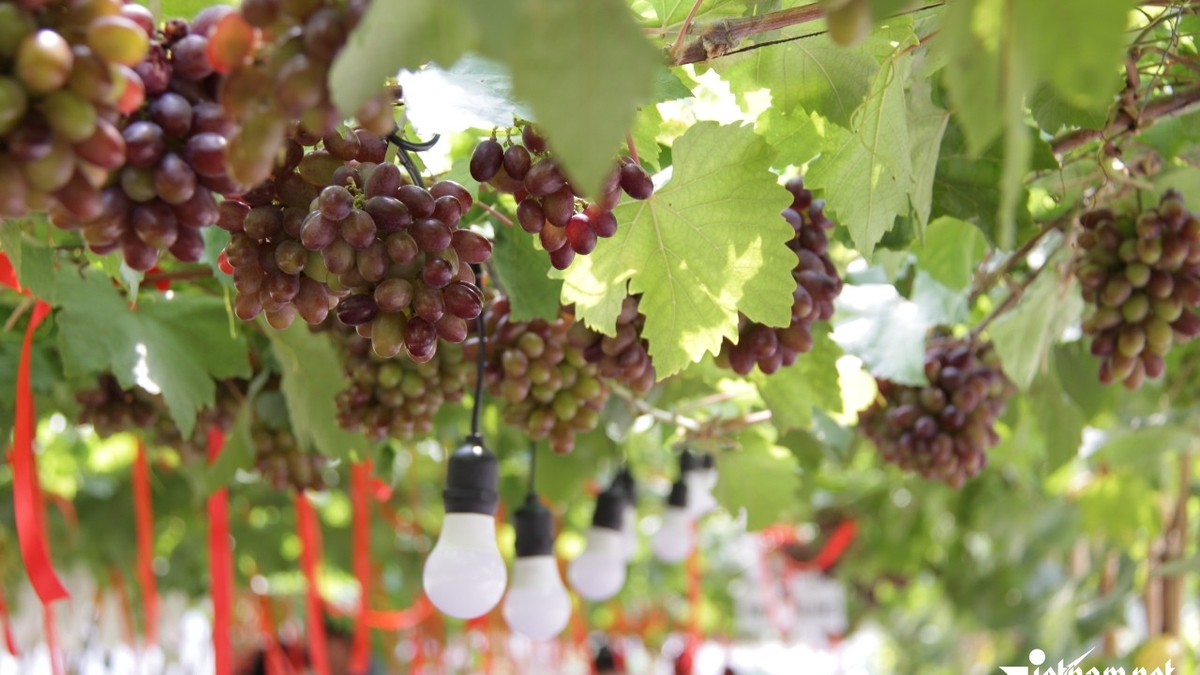
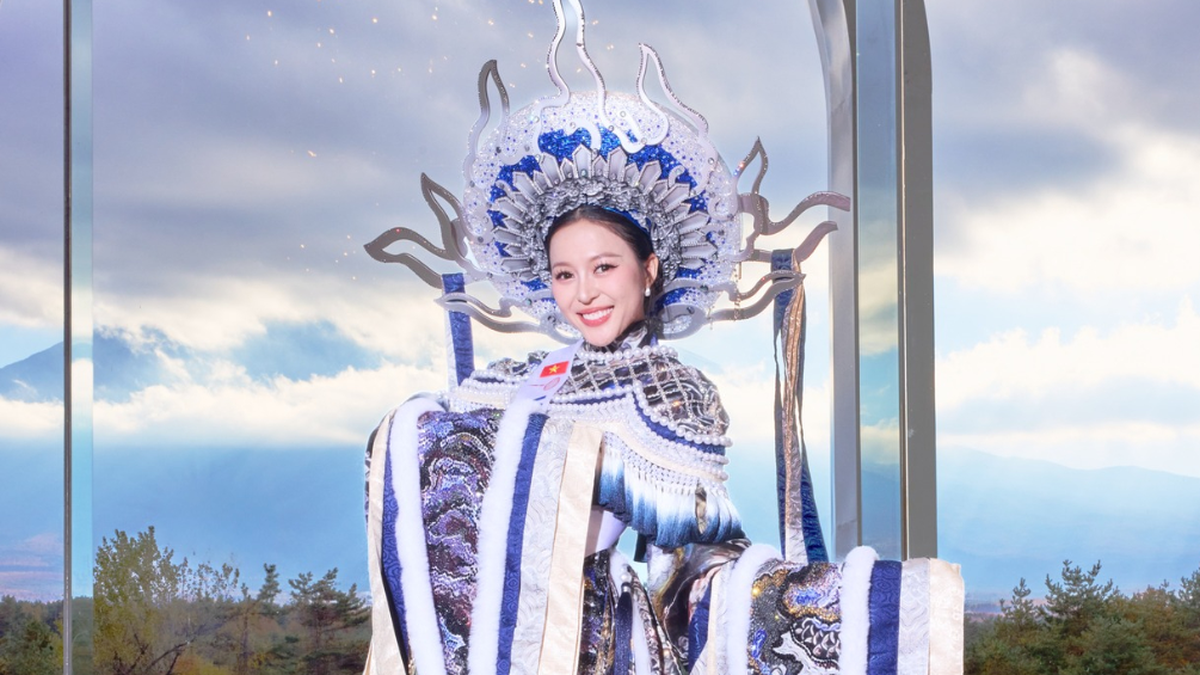
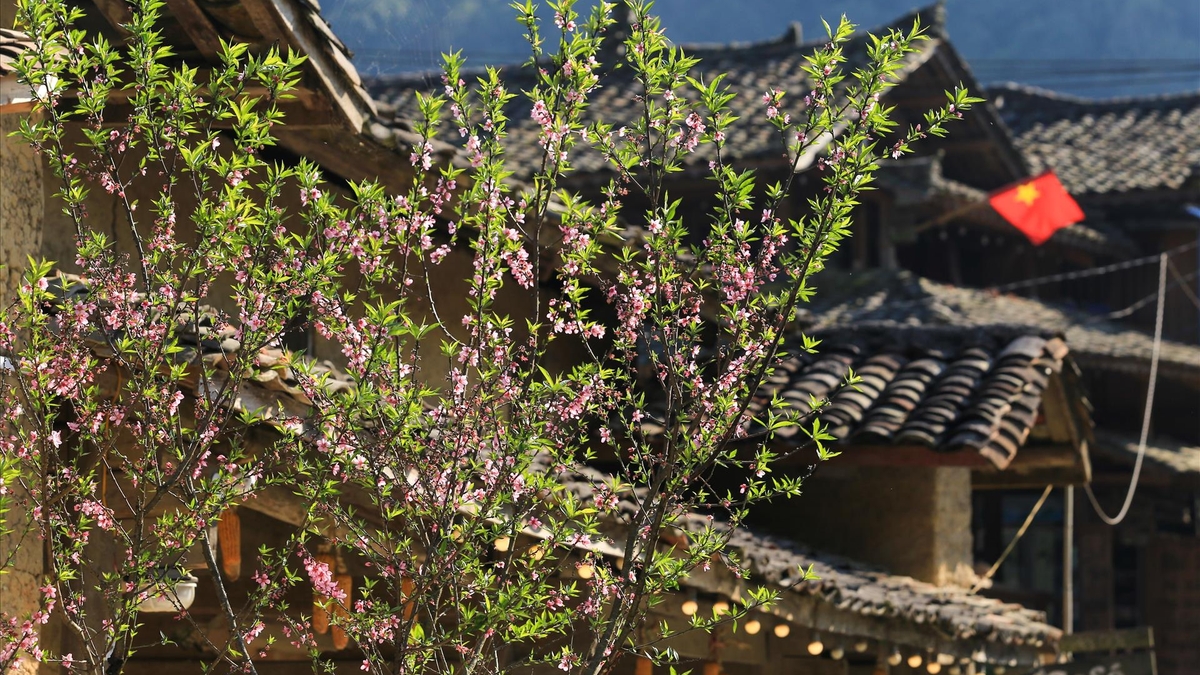




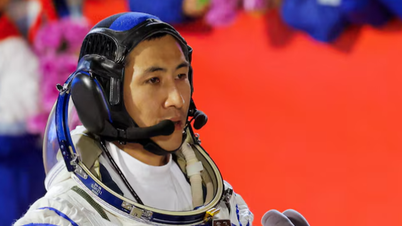

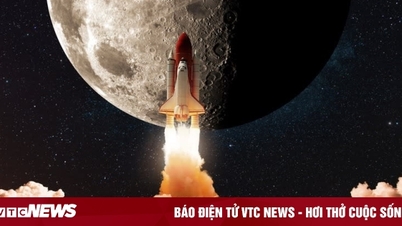






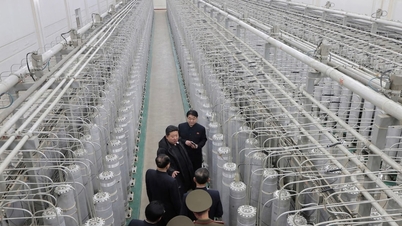








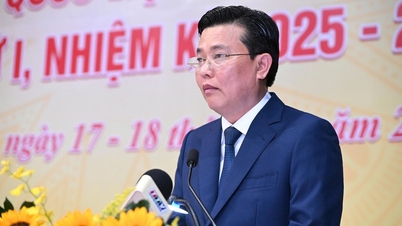


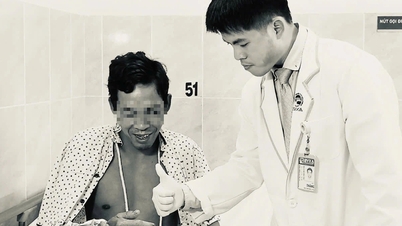


![[Photo] General Secretary To Lam and National Assembly Chairman Tran Thanh Man attend the 80th Anniversary of the Traditional Day of the Vietnamese Inspection Sector](https://vphoto.vietnam.vn/thumb/1200x675/vietnam/resource/IMAGE/2025/11/17/1763356362984_a2-bnd-7940-3561-jpg.webp)

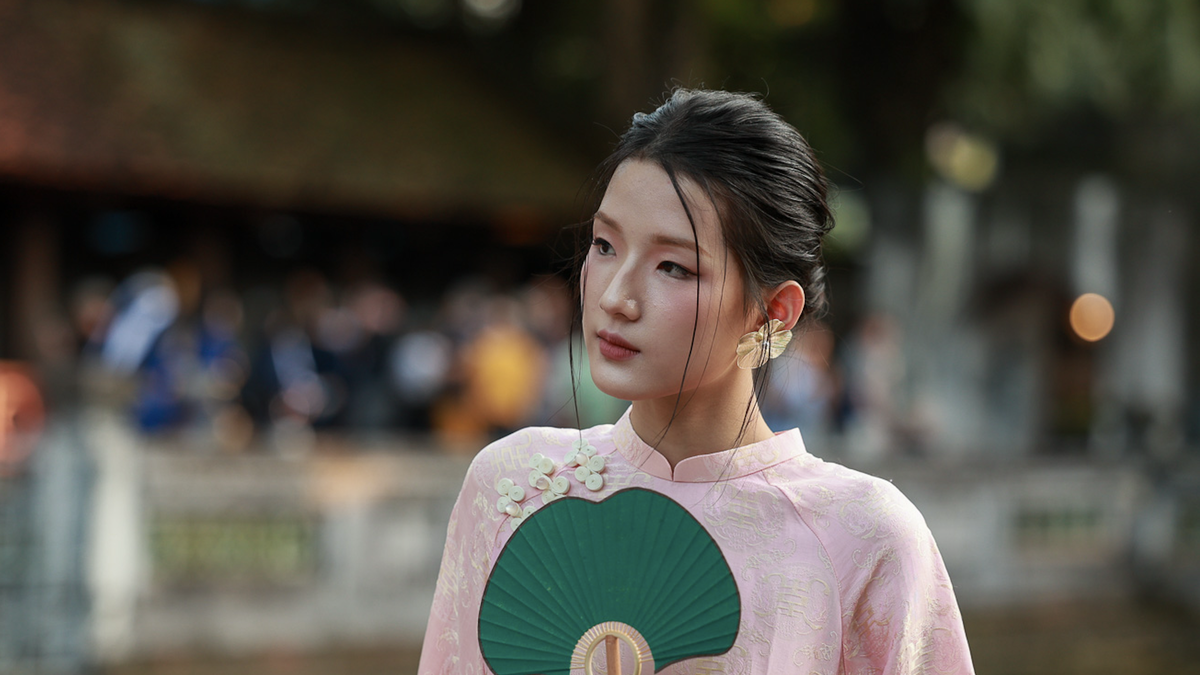
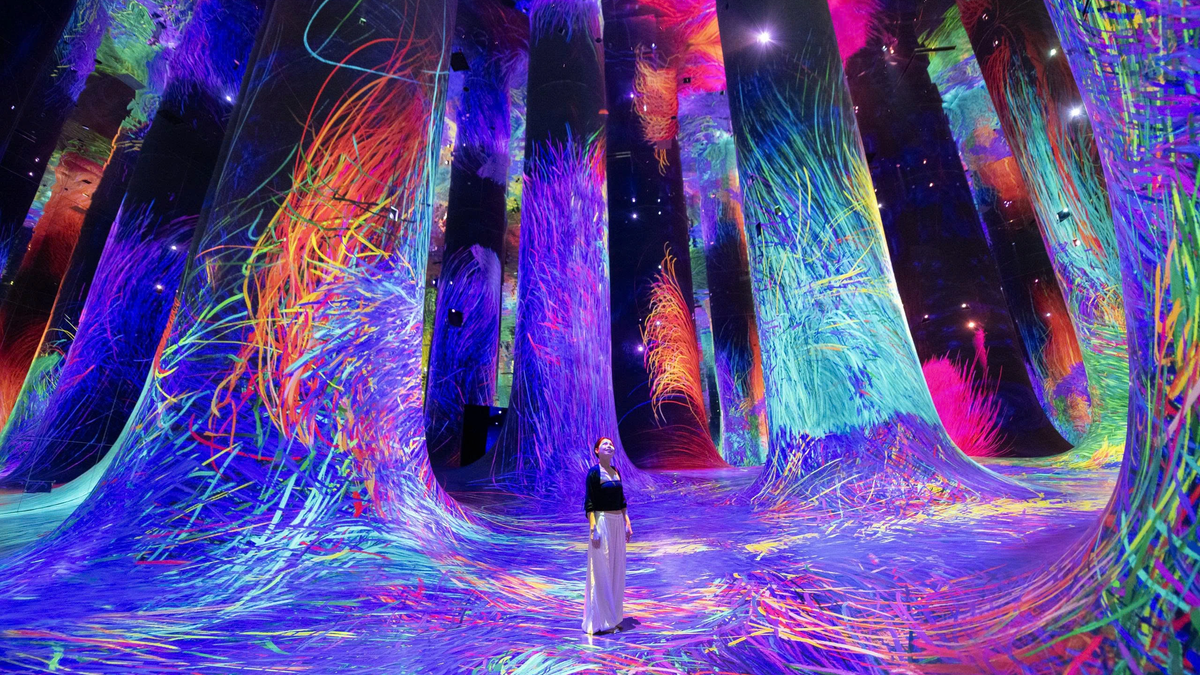





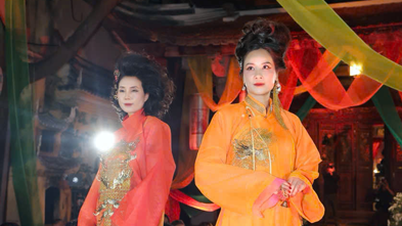
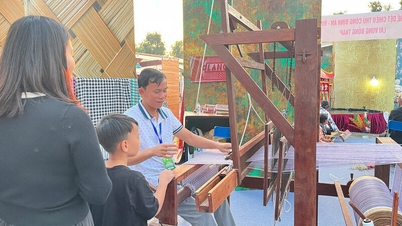
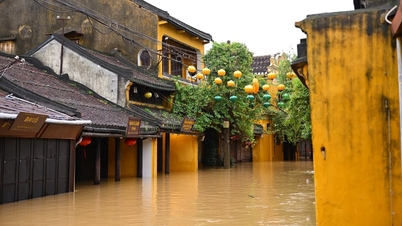
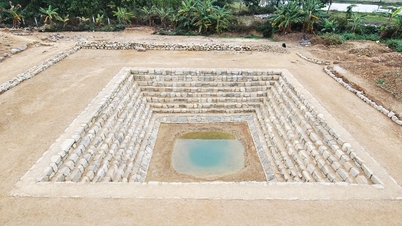





















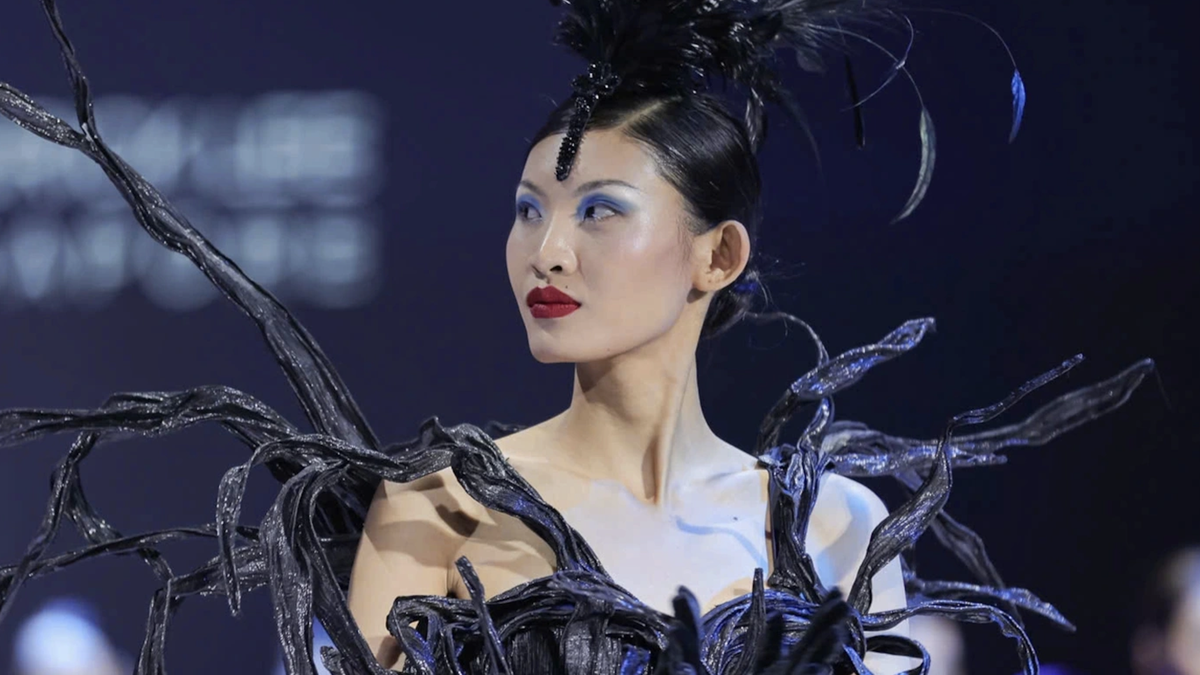

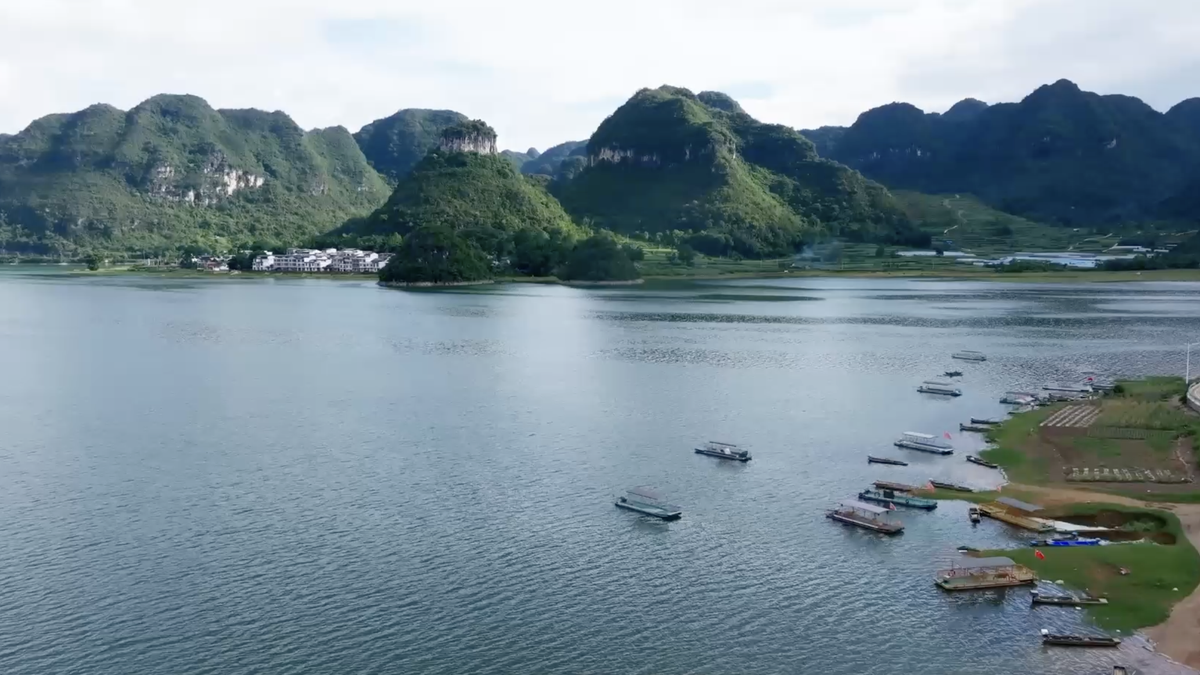
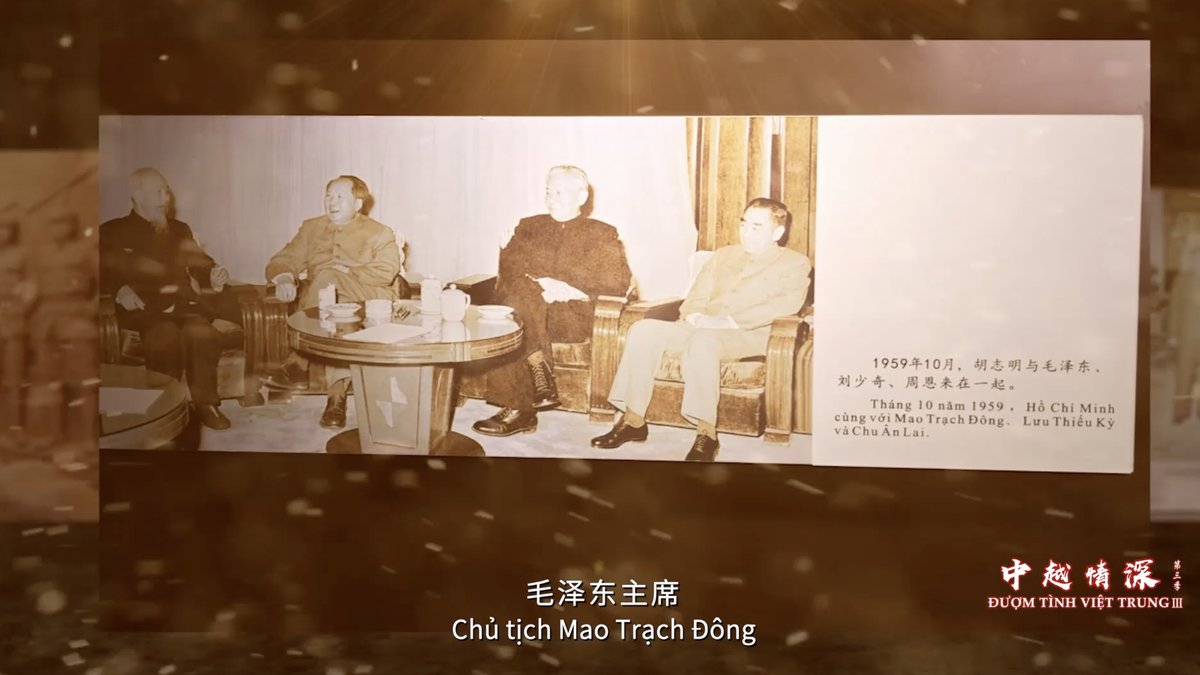


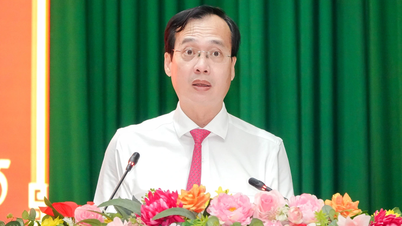







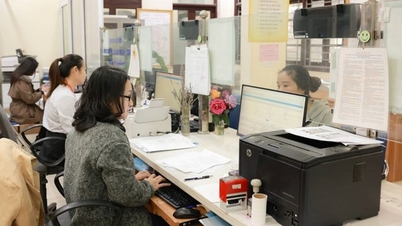





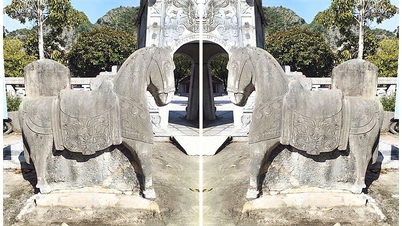



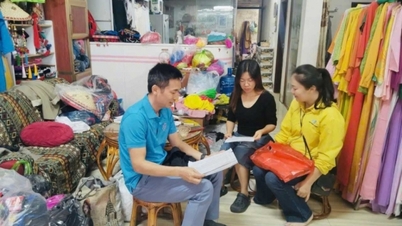








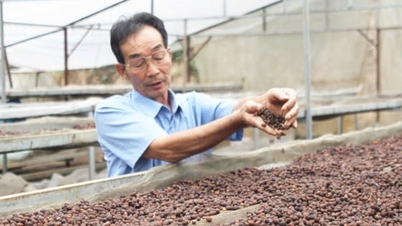
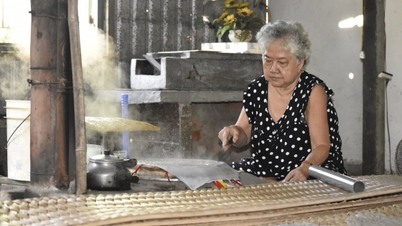


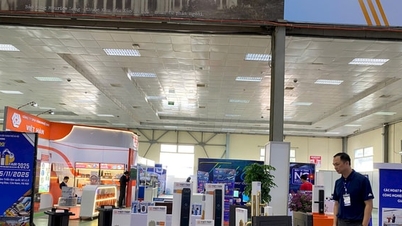





Comment (0)